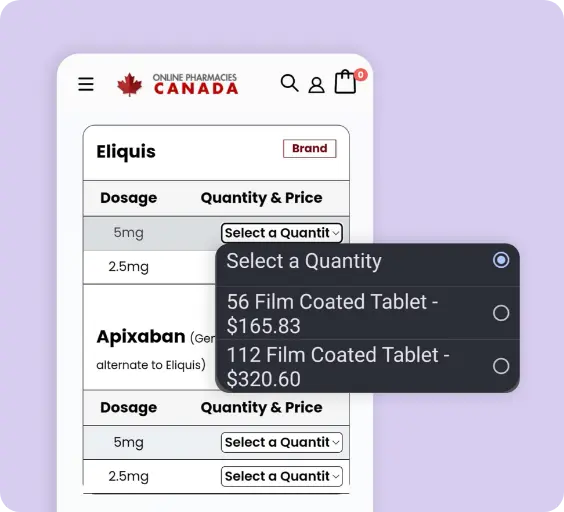Heparin is available in vials. It is injected one to six times a day and sometimes given as a slow, continuous injection into the vein directed by a healthcare provider. When heparin is used to prevent blood clots from forming in intravenous catheters, it is usually used when the catheter is first put in place, and every time that blood is drawn out of the catheter or medication is given through the catheter.
Heparin is typically administered by injection either intravenously or subcutaneously, and the dosage and duration of treatment may vary depending on the patient’s medical condition and response to therapy. Follow the healthcare provider’s instructions carefully and report any unusual side effects or bleeding immediately.
Heparin should not be injected into a muscle. The dosage and frequency of administration are determined based on the patient’s medical condition, weight, and response to treatment. If heparin is injected into a vein, flush the catheter/line with normal saline before and after infusing medications that may interact with heparin, such as doxorubicin, droperidol, ciprofloxacin, and mitoxantrone.

 Prescription Required
Prescription Required
 Formulation:
Formulation:
 Prescription Required
Prescription Required
 Formulation:
Formulation:





















REVIEWS